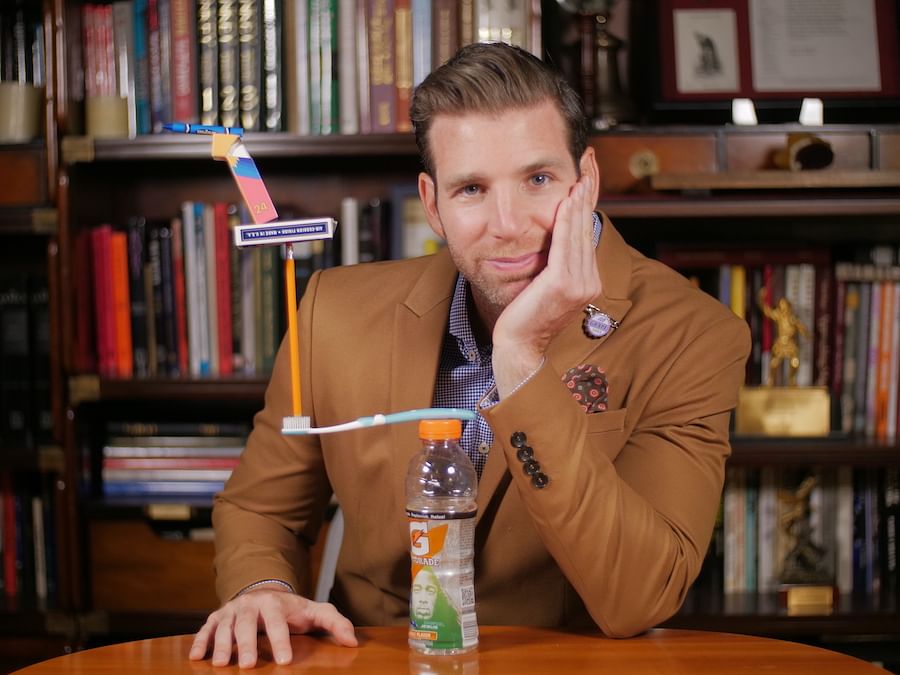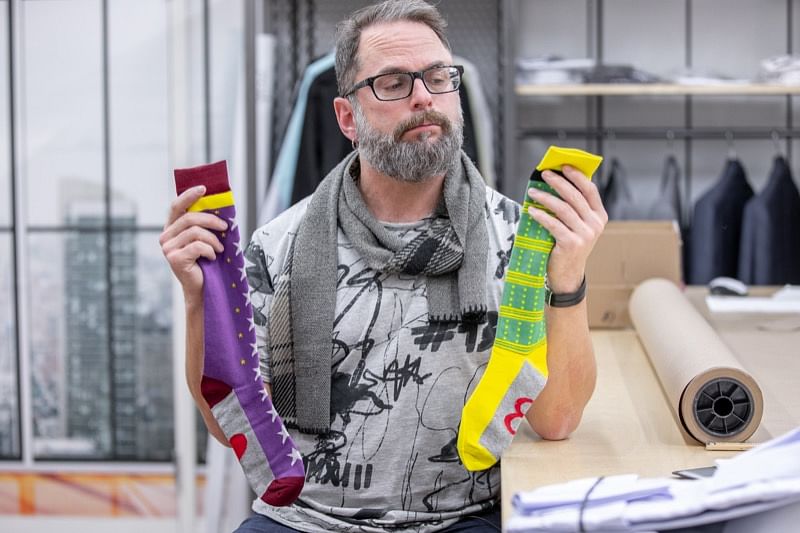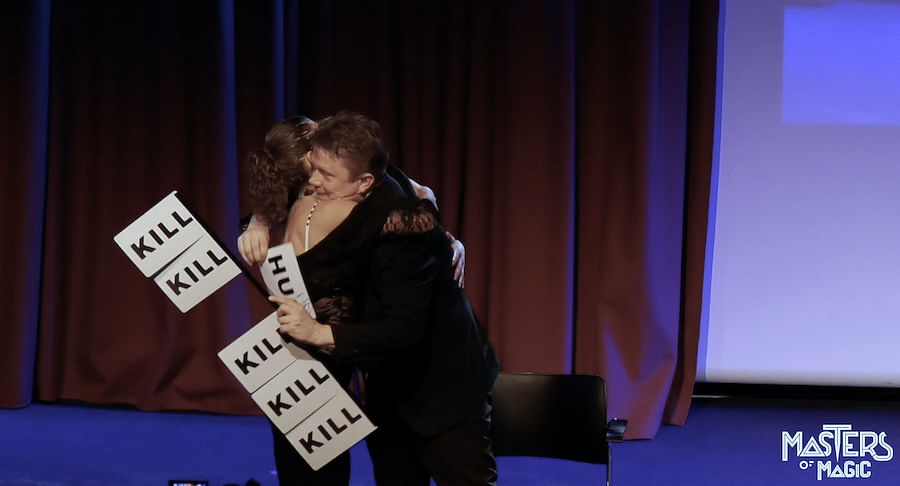What’s The Difference Between Parlor And Stage Magic?
What is parlor magic?
Parlor magic is magic that is done for more people than close-up magic, but less than stage magic. The magician is usually standing on the same level as the audience. No stage is usually involved. Less elaborate, expensive, big props are used which means the magic can be performed closer to the audience than stage magic. Examples of popular parlor tricks would include classics such as Miser’s Dream, where a never-ending parade of coins are produced, the Die Box which is a classic sucker trick where the audience think they understand how the trick is done, only to be completely fooled by the ending and something like the Passe Passe Bottles. See Tommy Cooper performing the latter below.
What is stage magic?
Stage magic is magic done for more people than parlor magic. It tends to use much larger props, assistants, and stage crew. Large illusions tend to be performed on stage, whereas the more intimate settings of a parlor magic show would make such magic impossible to perform. You can think of the magic of people like David Copperfield, especially his amazing Flying routine as an example of stage magic.
What’s the overlap between stage and parlor magic?
Of course, many piece of magic are performed both in parlor or stage settings. There is less magic using [playing cards](/playing cards) or coin magic performed on stage - simply because it’s harder for the audience to see. However in modern times and with the advent of more affordable video production equipment, magicians are now able to perform close up magic on stage by projecting a video feed onto large displays.
It’s not impossible to perform card magic in a stage or parlor setting though, in fact, we just released the English translation of Robeto Mansilla’s book Naypes which is devoted solely to card magic you can perform in these settings.
Our Best Selling Parlor and Stage Magic
Balance
 Joshua Jay created “Balance” for his own parlor show. Inspired by his correspondence with an inmate. In prison, the items you are allowed are strictly limited. So with “Balance” you show a toothbrush, a bottle of water, a playing card box and a crayon box (originally it was a cigarette box, but this was updated when the trick was released). They are all examined by the audience. There is nothing weird about them. No strings, no magnets, nothing sticky. The magician than causes the items to balance on each other in an impossible way creating a sculpture that is both beautiful and impossible.
Joshua Jay created “Balance” for his own parlor show. Inspired by his correspondence with an inmate. In prison, the items you are allowed are strictly limited. So with “Balance” you show a toothbrush, a bottle of water, a playing card box and a crayon box (originally it was a cigarette box, but this was updated when the trick was released). They are all examined by the audience. There is nothing weird about them. No strings, no magnets, nothing sticky. The magician than causes the items to balance on each other in an impossible way creating a sculpture that is both beautiful and impossible.
Buy "Balance"
Socks

Michel Hout’s amazing and unusual routine is perfect for parlor or stage. It’s unusual because it features a deck of cards with just different patterned socks on them. They are all jumbled up and the spectator’s job is to magically find a pair of socks. Sadly, they fail. They have picked a mismatched pair. However, two incredible things then happen. The magician initially shows that all the other cards are now in pairs, and also, proves they knew this was going to happen by pulling up their pant legs to show they are wearing a mismatched pair of socks that exactly match the two odd socks the spectator selected.
Buy "Socks"
Of Dice And Men

Tom Stone’s incredible “Hug/Kill” routine has been performed numerous times on television and is also incredibly popular with everyone who works at Vansihing Inc. It’s been a best-seller since it was released. You invited a spectator to play a little game with you, where they can have whatever is written on the back of one of six different cards. A number is selected and the card is turned round to reveal they’ve won a hug! How lovely. However, the audience then see all the other cards had “KILL” written on them - a lucky escape for the spectator!
Buy "Of Dice And Men"
Collard 2
 This is John Archer’s wonderful version of the Koran Medallion. A cute, stuffed animal is introduced to the audience. But, sadly, he has no name. So the audience create a random name by different people calling out different letters of the alphabet. Usually this results in a peculiar word such as “Gzolom” or similar. However, the magician reveals that inscribed on the tag on the animal’s collar is exactly the word just created by the audience. A laugh-filled ten minute routine that is as amazing as it is funny.
This is John Archer’s wonderful version of the Koran Medallion. A cute, stuffed animal is introduced to the audience. But, sadly, he has no name. So the audience create a random name by different people calling out different letters of the alphabet. Usually this results in a peculiar word such as “Gzolom” or similar. However, the magician reveals that inscribed on the tag on the animal’s collar is exactly the word just created by the audience. A laugh-filled ten minute routine that is as amazing as it is funny.
Buy "Collard2"
How to get started moving from Close Up to Parlor and Stage Magic
Today, many magicians would love to make the move from performing close up magic to parlor or stage magic. But the transition is difficult. Luckily, here at Vanishing Inc. we can help! We persuaded Edinburgh Fringe mainstay, Ian Kendall to write a series of blog posts covering exactly this topic. You can read them all here. Ian covers topics such as Moving On Stage, Visual Noise, Blocking, Close Up On Stage, Cards On Stage and how to prepare for moving onto a stage.
The other two sources for this would be Roberto Mansilla’s book Naypes and Roberto Giobbi’s Stand Up Card Magic. Maybe there’s something about being called Roberto and writing books for card magic on stage?
Browse all parlor and stage magic
